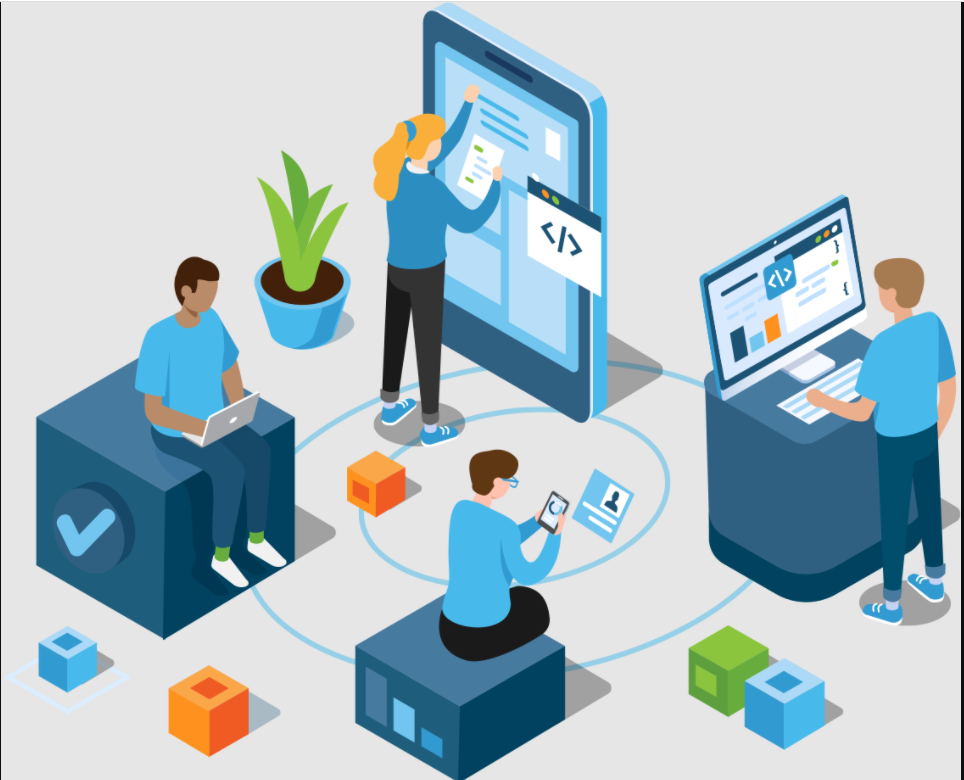Managed service providers (MSPs) deal with a lot of data on a daily basis. This is the reason why cybercriminals see them as potential targets for sophisticated attacks.
Since they handle different clients – small, medium, and large businesses – cybercriminals know that they could exploit many different networks through this gateway.
To secure data, it is imperative that the best MSPs implement the finest cybersecurity practices. By putting in place proper measures, like the ones below, you can avoid falling victim to an attack.
Manage Patches
Cybercriminals are always on the lookout for potential vulnerabilities in applications. Without installing patches or updates on your existing software and system, you are making yourself susceptible to attacks.
The best MSPs keep their systems always up to date as obsolete firmware or software can be easily breached.
By employing robust and sophisticated patch management software, you can ensure that patches are deployed regularly and criminals will not get the slightest opportunity to penetrate your network.

Monitor and Assess Vulnerabilities
Vulnerability management is the task of assessing and managing risks. It involves a continuous cycle of monitoring, detecting, evaluating, remediating, and preventing flaws that could expose your IT assets to breaches and unauthorized changes.
It regularly scans and tests your environment for anomalies or weaknesses and identifies areas the need updates. After the MSP assessed and measured the risks of the vulnerabilities, the next step they need to take is remediation.
Proactive Threat Detection and Management
Comprehensive and effective threat detection is a critical component of protecting MSPs and its customers. The best MSPs use centralized and streamlined pieces of software that are robust, cost-effective, and less resource-intensive.
To successfully monitor and control network traffic, MSPs install firewalls. In addition to this, they deploy an intrusion detection system to help determine and block any malicious units that attempt to breach the firewall.
For effective threat detection and management, antivirus software and EDR security solutions offer a range of threat detection capabilities that can meet security requirements.
Other than that, email and web filtering tools can assist in preventing employees and users from making potentially serious errors.
Log Monitoring
The best MSPs use effective log monitoring to scan traffic from malicious websites and escalate user privileges. It helps discover threat patterns and fill in security gaps. Depending on the size of the enterprise’s network and the number of devices that need monitoring, it may be ideal to have a security information and event management (SIEM) tool. This can help sift through massive amounts of data and prioritize items that require attention.
Data Backup
Backups are vital for ensuring business continuity in the event of a disaster or cyberattack. They give you and your customers peace of mind, knowing that you have access to the most recent versions of business applications and data.
The best MSPs see backup solutions as highly valuable tools. Aside from restoring data, they also help meet compliance regulations, such as PCI DSS and HIPAA.
Cloud-based backup solution enables fast data transfers and gives you the freedom to choose how you want to restore data after a downtime event, whether caused by a ransomware attack, human error, or a natural disaster.
Review Privileged Access Management
Changes often happen in the organization in the form of onboarding, off boarding, and lateral movements. That said, reviewing access privileges regularly is important to ensure that only authorized people will have access to certain data.
When conducting access reviews, you may discover that some employees who were previously granted access to mission-critical resources no longer require it. This poses a significant security risk, especially if the person with access has already left the company.
To avoid having any complications, the best MSPs can conduct regular audits to limit access to authorized staff. Other access management protocols that should be implemented include:
- avoid sharing or reusing login credentials
- use multi-factor authentication
- create secure passwords with a password manager
- get a solid mechanism in place for employee off boarding
Stay on Top of Your Cybersecurity
To mitigate risks and ensure that your operations continue to function at their optimum level, you must integrate security measures into your MSP. One way to protect your organization and customers against cyber threats is to employ security solutions.
If you are looking for an MSP that you can trust, check out ITarian. We have a proven cybersecurity posture and our goal is to provide top-notch services to clients.